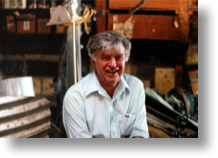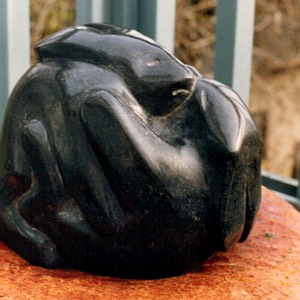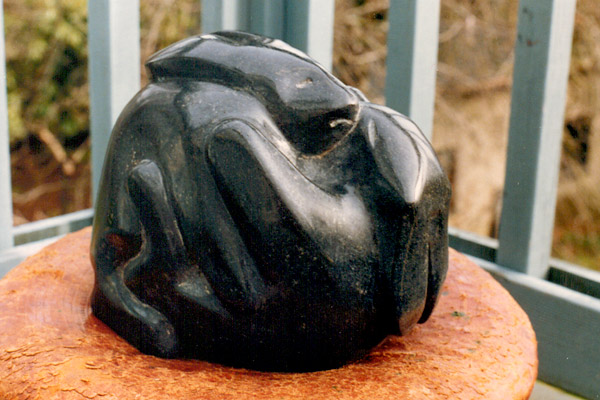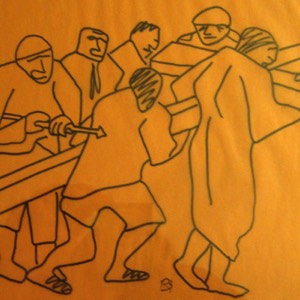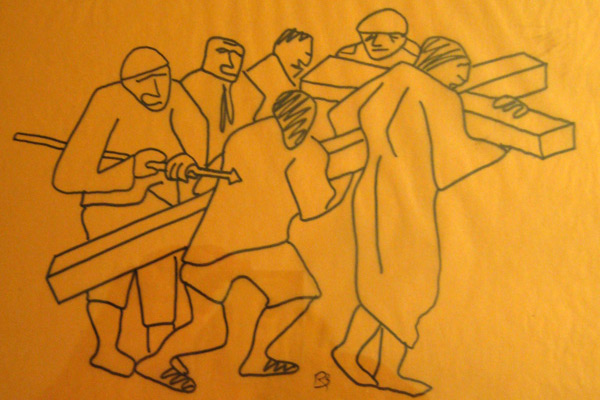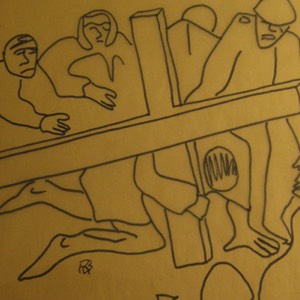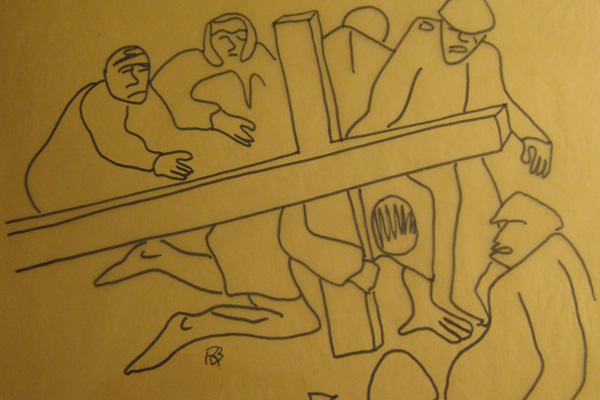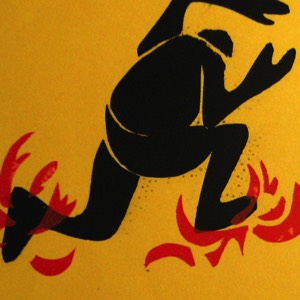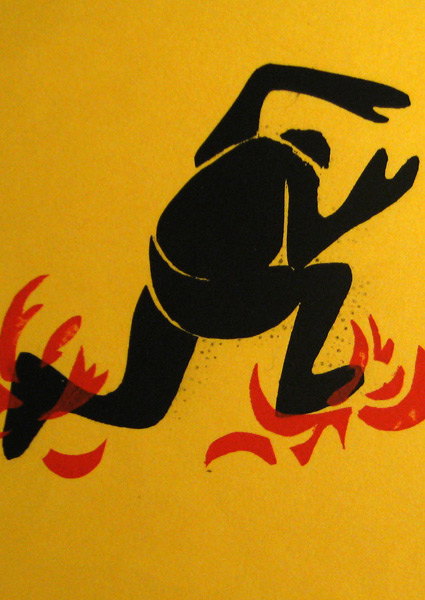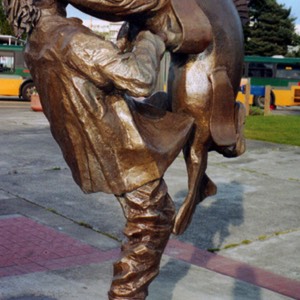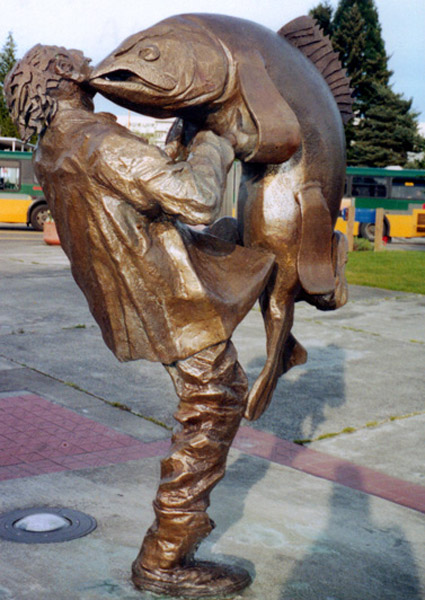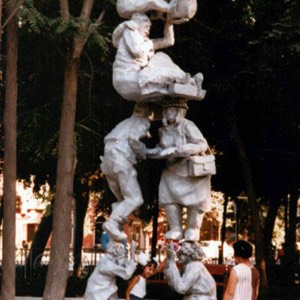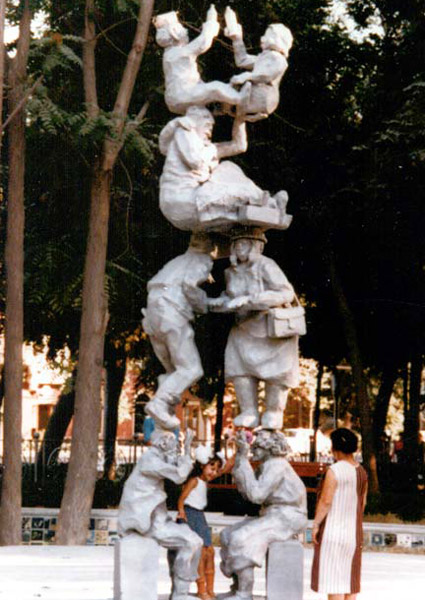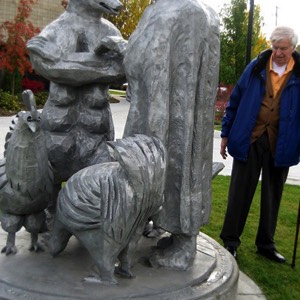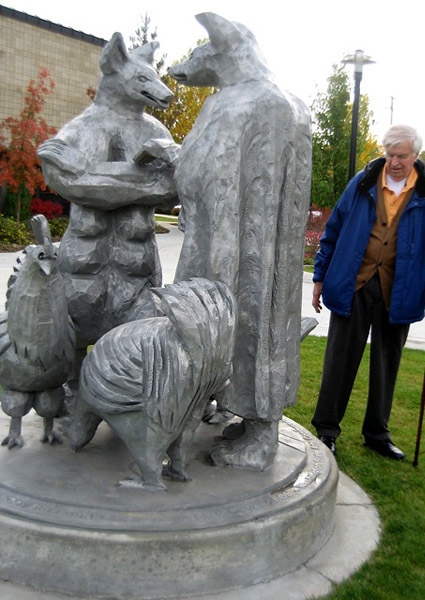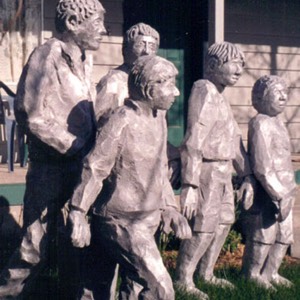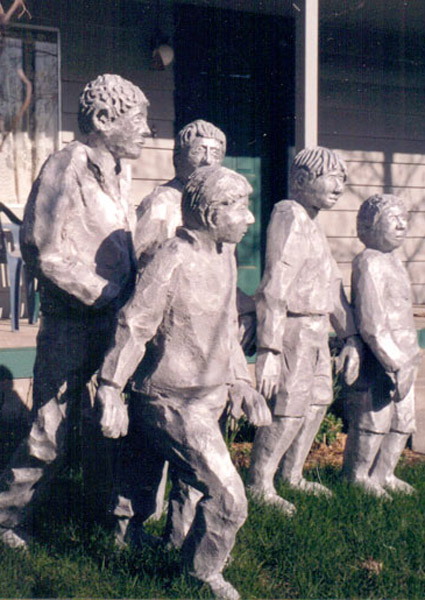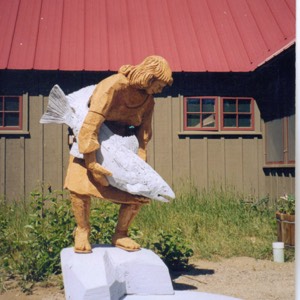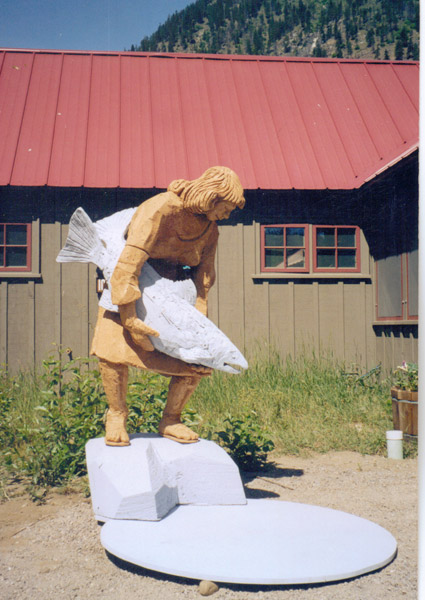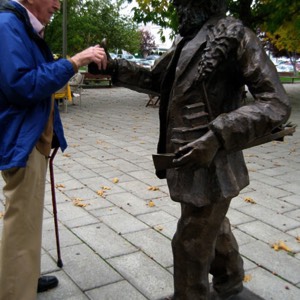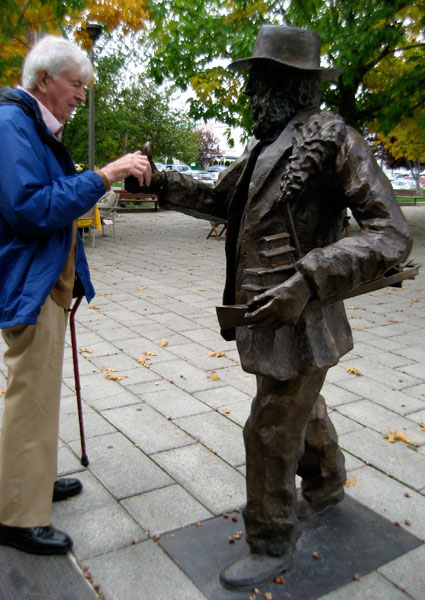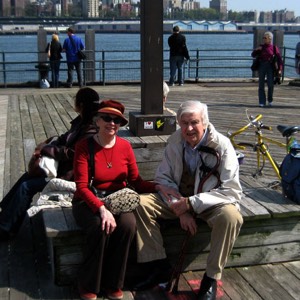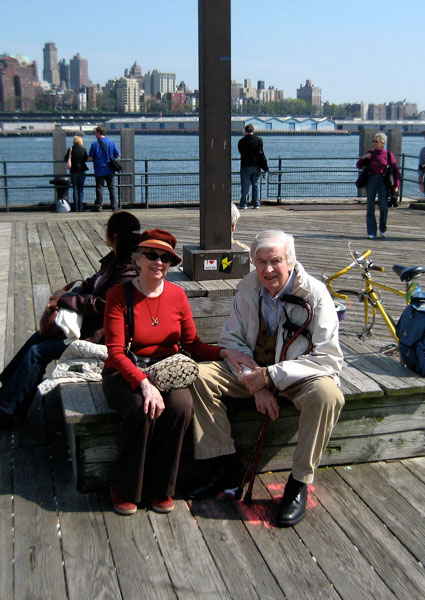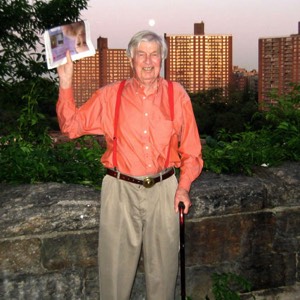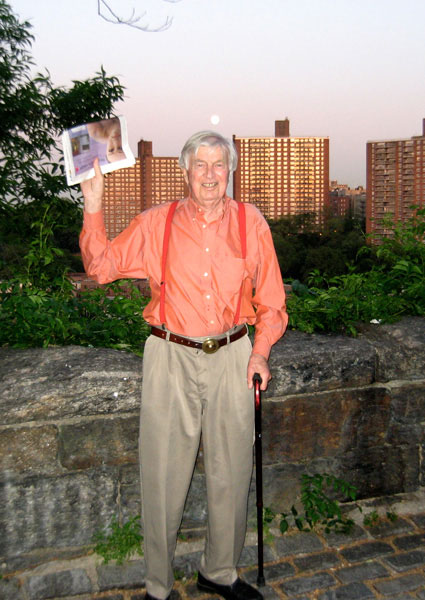1978-2001 - He Has Arrived
In 1978, Beyer set up a foundry in his Fremont studio. This allowed him to do larger work in aluminum and bronze, using Styrofoam to make models for the metal casting. The iconic work, “People Waiting for the Interurban,” in Fremont, was the first large-scale work in the new foundry and set the stage for Beyer to become a recognized and established artist. Because of his love of American Indian lore and designs, Beyer was commissioned by the Tribal Headquarters at the Warm Springs Indian Reservation in Khahneeta, OR.
During this period, Beyer created 70 public sculptures, mostly in Washington State, but also in other states and in the then U.S.S.R. At the same time he was making an untold number private pieces. By 1982 Rich’s projects had outgrown the space in the Fremont foundry. Son Charles, and family, lived in Moscow, ID. Having a mining and engineering background, Charles built the Moscow Foundry - from1982-88, he cast 26 of Rich’s public sculptures. Rich’s Styrofoam carved models were shipped to Moscow, where Charlie cast them in aluminum and then returned with the castings to Fremont to help weld the pieces together.
Seattle had a Sister-City in Tashkent, Uzbekistan, U.S.S.R. Rich and Margaret were involved with the Ploughshare Organization that wanted a sculpture for a new Peace Park in Tashkent. The Communist Party was lessening some of its suspicion and paranoia towards the U.S.A. and approved the park as a way to establish peaceful relations. In 1987, Rich and Margaret travelled to the Soviet Union with the Ploughshare Organization. Rich came home and created a 16’ high totem-like sculpture called, “Life, Love, Time, Game,” representing people’s lives, not ideology. When complete, it was shipped to Tashkent free of charge.
By the fall of 1988, Charlie had to close the Moscow Foundry and Rich and Margaret decided it was time to move from Seattle. They moved to the little town of Pateros, WA, near where their daughter Liz, and her husband Jim Miller with their 5 sons lived, in Central Washington. Rich moved the furnace and foundry equipment into a large metal building on the banks of the Columbia River. In this expanded space he was able to turn out ever more work, using many students and casual workers to help him with the strenuous task of casting in aluminum and bronze.
